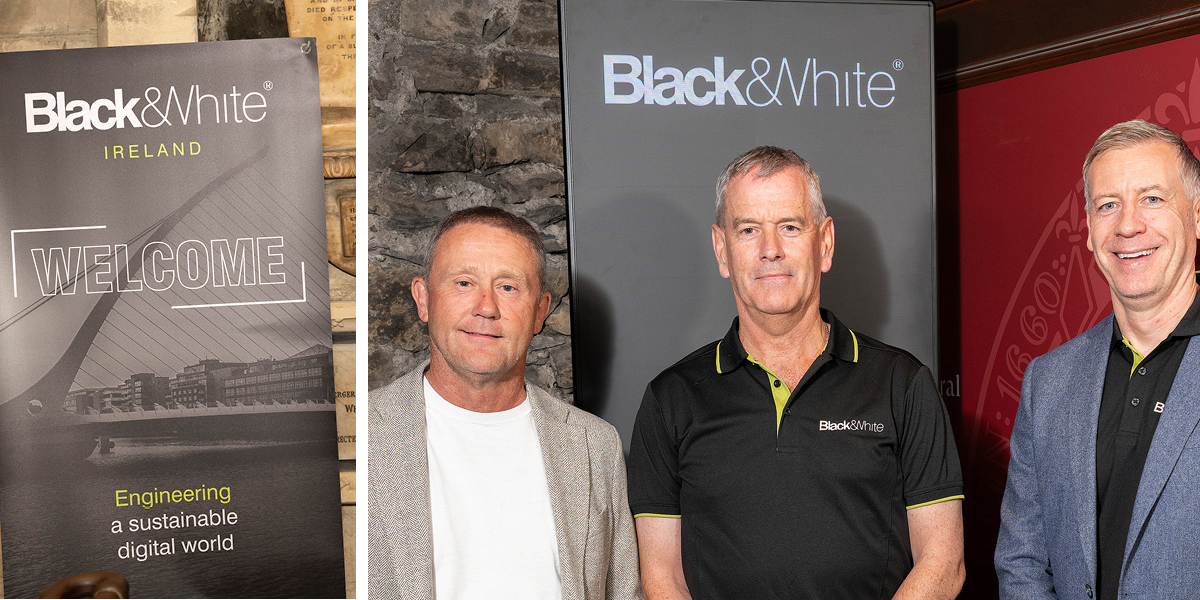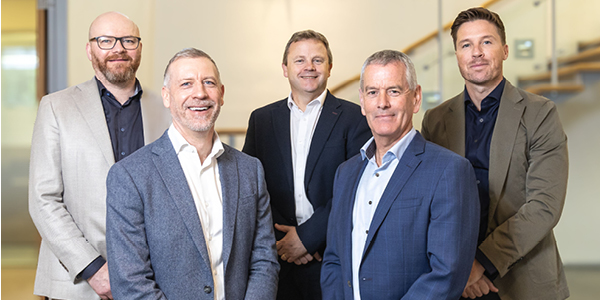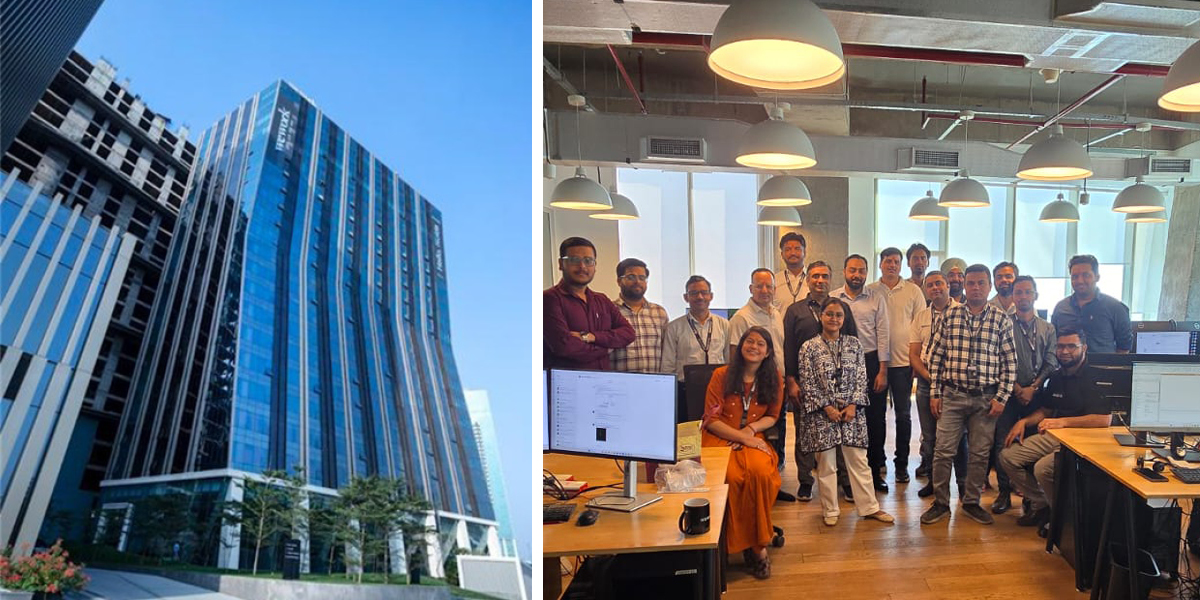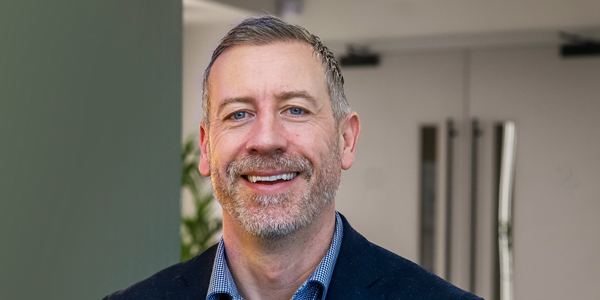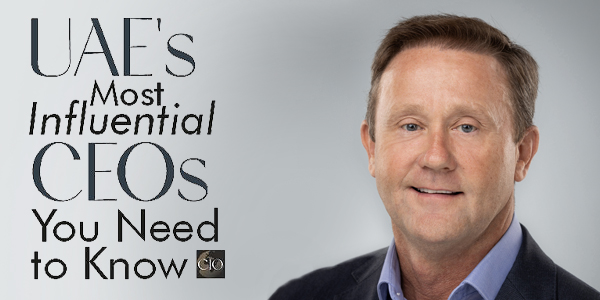Global engineering consultancy Black & White Engineering has surpassed the milestone of 1,000 colleagues worldwide. This achievement underscores the company’s rapid growth and expanding role in delivering mission-critical, sustainable digital infrastructure across data centres, AI and cloud-driven industries.
The milestone was reached with the arrival of Rey Anthony Gatmaitan, a Graduate Mechanical Engineer, who joined the Manila office as Black & White continues expanding its presence across Europe, Asia and the Middle East.
With over 15 years of innovation, Black & White has seen rapid growth, achieving over a 500% increase in size since 2020, and is highly regarded across industry for its engineering excellence, data centre sector expertise and sustainable delivery across complex infrastructure projects.
Strategic Growth Across Regions
This year has seen Black & White execute a multi-regional expansion plan. The acquisition of Dublin-based Homan O’Brien strengthened the firm’s presence in Ireland, while new office openings in Manila and India support the company’s delivery capability across key global markets. Further office expansions in Dubai, London and Newcastle are planned in the coming months.
Mick Cairns, Founder and CEO, Black & White Engineering said:
“I’m incredibly proud to see our exceptionally talented team grow to 1,000 in just over a decade. From a single office with 34 staff in August 2014, we’ve expanded into a global business established in 23 cities – with many more planned.
As we continue scaling our business at an unprecedented pace to meet the exciting demands of the data centre sector, our leadership has recognised the importance of becoming an industry leader in staff training and development. We’re committed to building an ecosystem where engineering talent, from graduate to director, remains focused on delivering excellence to our projects and clients. Knowledge sharing and nurturing are at the heart of everything we strive to achieve.
As we embark on the next exciting milestone together, we’ll keep driving innovation to engineer a sustainable digital future.”
With this growth, Black & White reinforces its positioning as a global partner for clients seeking sustainable infrastructure solutions amid rising demand from cloud computing, artificial intelligence and digital transformation.
As Black & White continues to expand into new offices and markets, the firm’s commitment remains to lead in advanced engineering and design, while keeping solutions consistent with the clarity and precision their clients expect.



